Birdwatchers Flock to City Parks During Spring Migration
Despite New York’s unique birdwatching scene, the city presents dangers for migrating birds
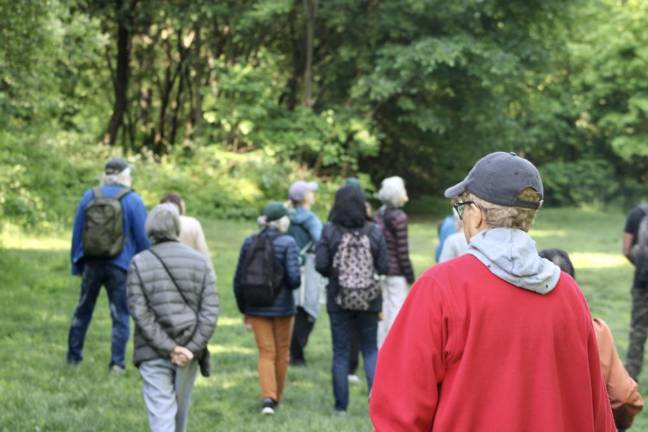
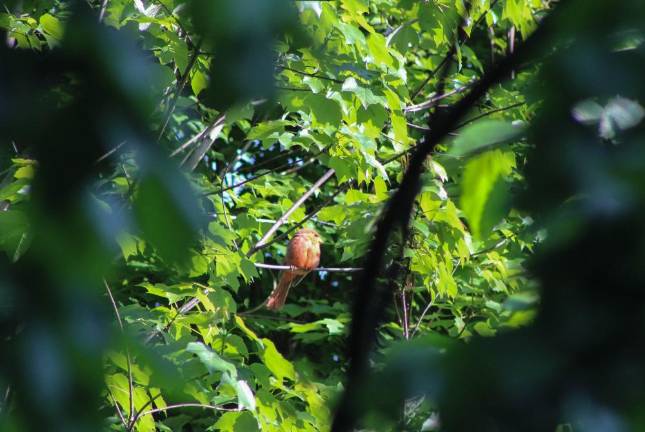
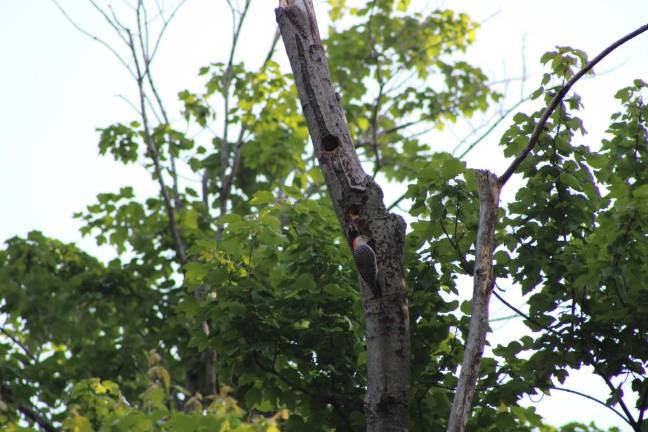
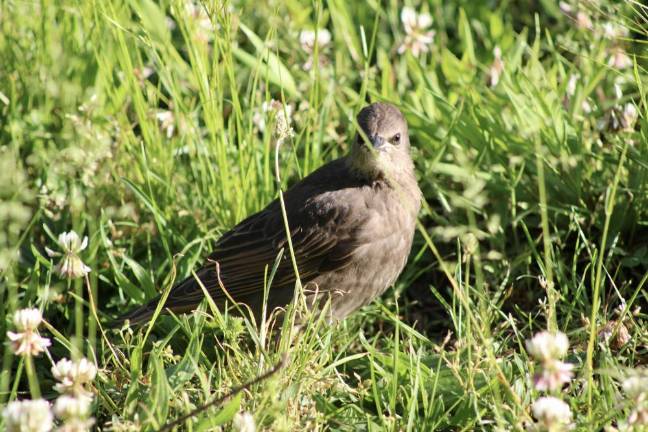
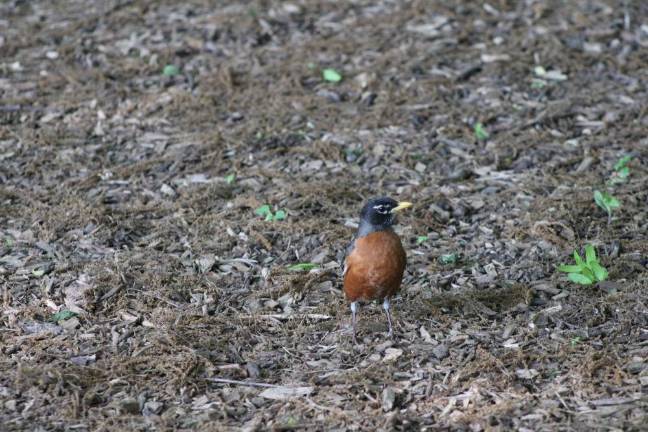
The dedicated birdwatchers of NYC Audubon’s “Drop In and Bird! Morning Bird Walks” in Central Park meet at 81st Street and Central Park West on Wednesday at 7:30 a.m. The group of around 30 birders comes equipped with binoculars and cameras for the trek through the park’s wooded trails. Kellye Rosenheim, the author of “Birdwatching in New York City and on Long Island,” guides the group away from the park entrance and into The Ramble, the 38-acre woodland that host a rich collection of avian life.
New York City is a birder’s paradise. The city is one of the best places in the world for birdwatching because of its geography. New York’s harbors provide a diverse ecology for water birds, raptors, and songbirds. Over 400 species have been recorded from Pelham Bay Park to Jamaica Bay Wildlife Refuge. Birds navigating the Atlantic Flyway, a north-south migration route along the East Coast of North America, have taken refuge in the area to rest and refuel on their annual journeys for tens of thousands of years. The high number of traveling birds and the limited amount of open green spaces create a dense concentration of birds in city parks during migration seasons.
Spring is the most popular time for birding because birds are more colorful in the spring. “Many species have different plumages depending on the season and birds have what’s called a breeding plumage,” said David Barrett, an avid Manhattan birder who runs the popular Twitter account Manhattan Bird Alert. Barrett says the major reasons birding is such a popular activity for resident New Yorkers is they don’t have to travel far and it’s cost-effective. “It easy to pick up,” said Barret.
As NYC Audubon’s “Drop In and Bird!” makes their way through Central Park, the group stops to look at cardinals, robins, a magnolia warbler, and a red-bellied woodpecker. Rosenheim stops the group in front of a tall tree to point out a great horned owl which she describes as “the football with two ears.” While great horned owls are common in forested areas throughout the Northeast, Barrett says they aren’t typically found in the middle of a city.
Despite the calm of city park birdwatching, the Atlantic Flyway presents a dangerous migratory pathway for the more than 200 bird species that make the annual journey. NYC Audubon estimates between 90,000 and 230,000 birds are killed in the city every year during migration. Dustin R. Partridge, Director of Conservation and Science at NYC Audubon, describes the city as an “inhospitable matrix” for birds. Birds crash into buildings because they don’t perceive glass as a barrier. Most birds fly at night because they’re safer from predators, but the city’s disorienting lights can lead to fatal consequences.
“During the first three weeks of May there are millions of birds passing over us. They’re dense enough that you can see them on weather radar,” said Partridge. On May 18, there were an estimated 6.5 million birds flying over New York City.
Another challenge for migrating birds is an increasing loss of habitat. “For example, shorebirds,” said Barrett. These birds live in marshy coastal areas which have been largely reclaimed by humans. “We have been good at conserving forests for the most part in the United States, but not so great at conserving marshes,” said Barrett. “Shorebirds have a hard time finding the habitat they need along the way.”
In 2019, it was reported that North America lost 3 billion birds in the past 50 years, a 30% drop in the overall population. Nesting habitats and stopover sites (areas where birds can land a refill on their journey) are being consumed by development and urbanization. “There are also things like climate change,” said Partridge. “As sea levels rise, these marshes and islands that are crucial for nesting are disappearing.”
Volunteer Routes
Project Safe Flight is an initiative by NYC Audubon to mitigate the dangers faced by migrating bird species. The project was started in 1997 by Rebekah Creshkoff after she came across a Common Yellowthroat belly up in the Financial District. Creshkoff recruited volunteers to investigate the unsettling sighting which led to the discovery of the fatal city-wide bird crashes.
Project Safe Flight volunteers have regular routes around the city they monitor during migration seasons for dead and injured birds. Volunteers collect data which is recorded in an online dBird (https://dbird.org) data-collection tool which is also accessible to the public through NYC Audubon’s website.
The pandemic was a boon for birding with more people out and about spotting wildlife. Since the pandemic, Project Safe Flight has seen a record number of volunteers helping monitor the streets. “We are so appreciative because they are really making a difference,” said Partridge.
Along with collision monitoring, Project Safe Flight advocates for legislation for bird-safe building design and conducts research to better understand the impacts of artificial light. They are also looking at Manhattan’s build environment to reduce migratory challenges.
The Jacob K. Javits Center was once a hot spot for bird deaths. Now it hosts a seven-acre “green roof” that provides a protected wildlife habitat for the 37 bird species that make use of it. After the building was retrofitted with a bird-safe building design, they saw a 90 percent decrease in bird-building collisions. “By encouraging bird-friendly design, we can make the city safer,” said Partridge. “By increasing habitat, we can make a spot they can use for survival.”
As of 2016, there have been 736 green roofs set up in New York City. “It’s only 1% of the buildings in New York so there’s a lot of room for growth,” said Partridge. The city has seen a significant increase in retrofitting buildings for bird-friendly design. “It’s phenomenal,” said Partridge. “There are buildings that are now considering a simple retrofit like installing a film over their glass which can seriously reduce collisions.” Partridge said it’s encouraging to see people starting to do their part to protect New York City’s birds.
With birdwatchers flocking to parks around the city, guided bird walks like “Drop In and Bird!” are hosted during migration season and throughout the summer. A list of available walks can be found on NYC’s Department of Parks & Recreation website https://www.nycgovparks.org/events/birding and at NYC Audubon https://www.nycaudubon.org/events-birding/programs-and-events/free-and-partner-walks. To help birds along their way during migration, turn your lights off at night and report any dead bird sightings to dBird (https://dbird.org).